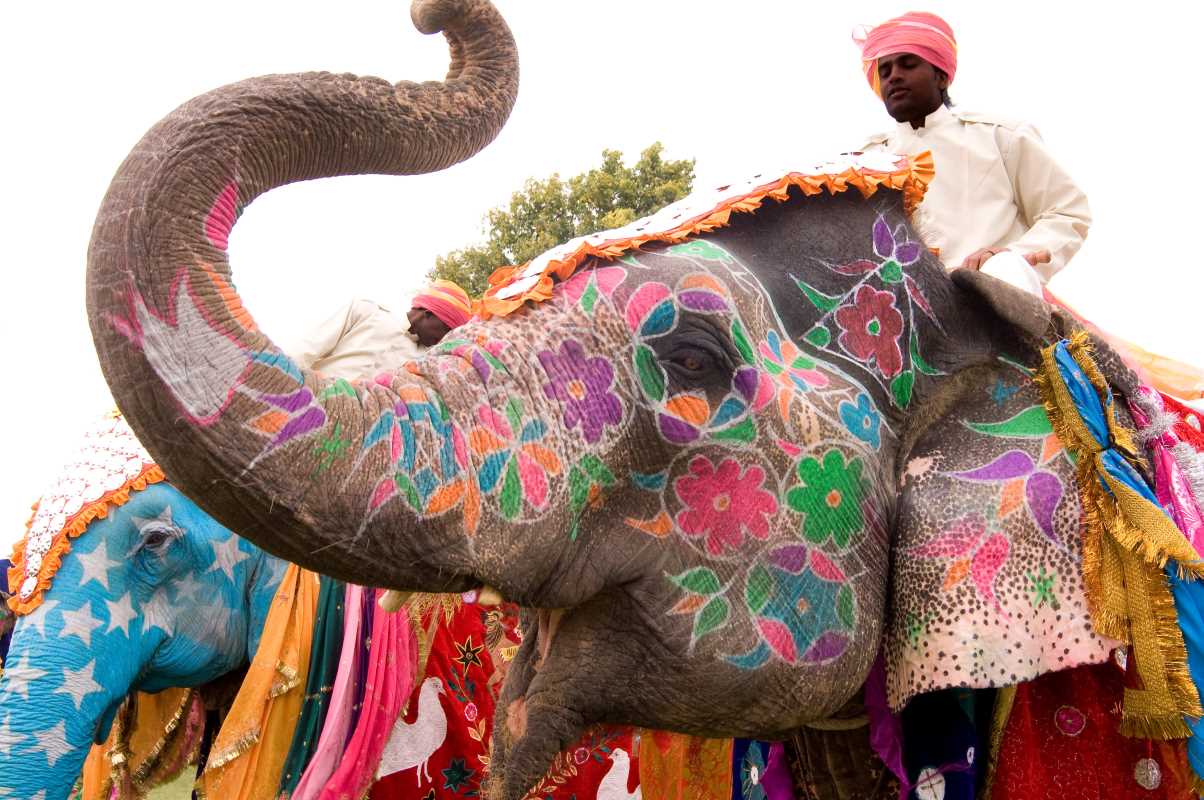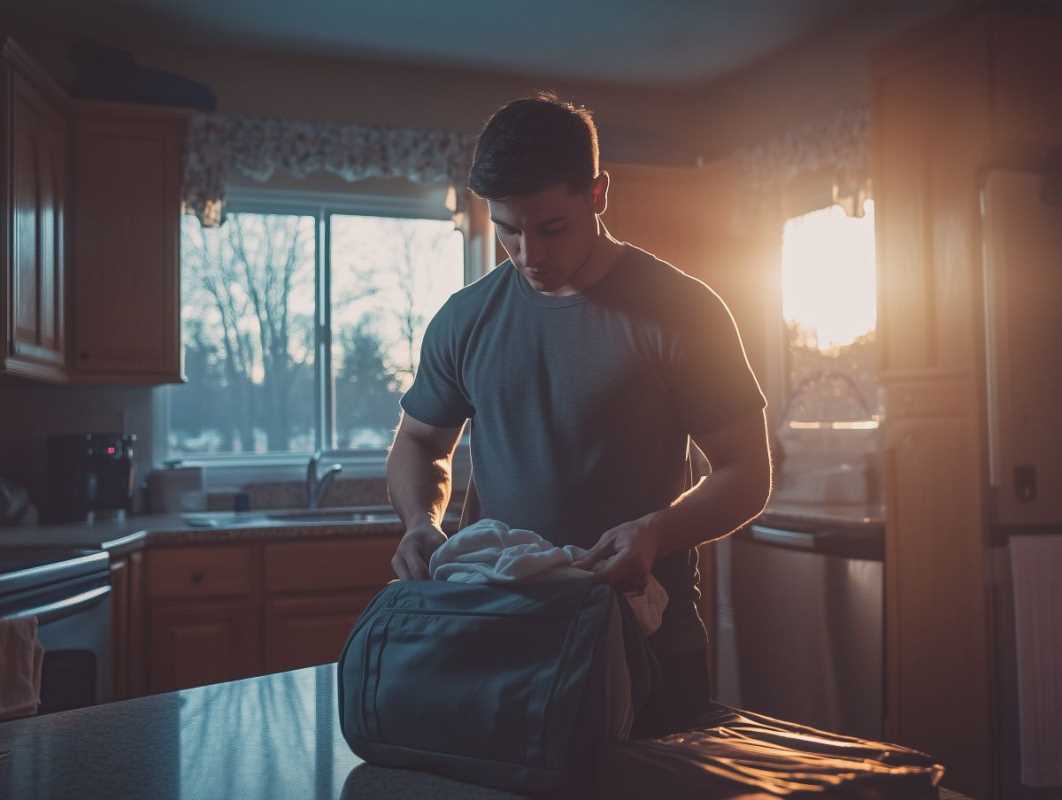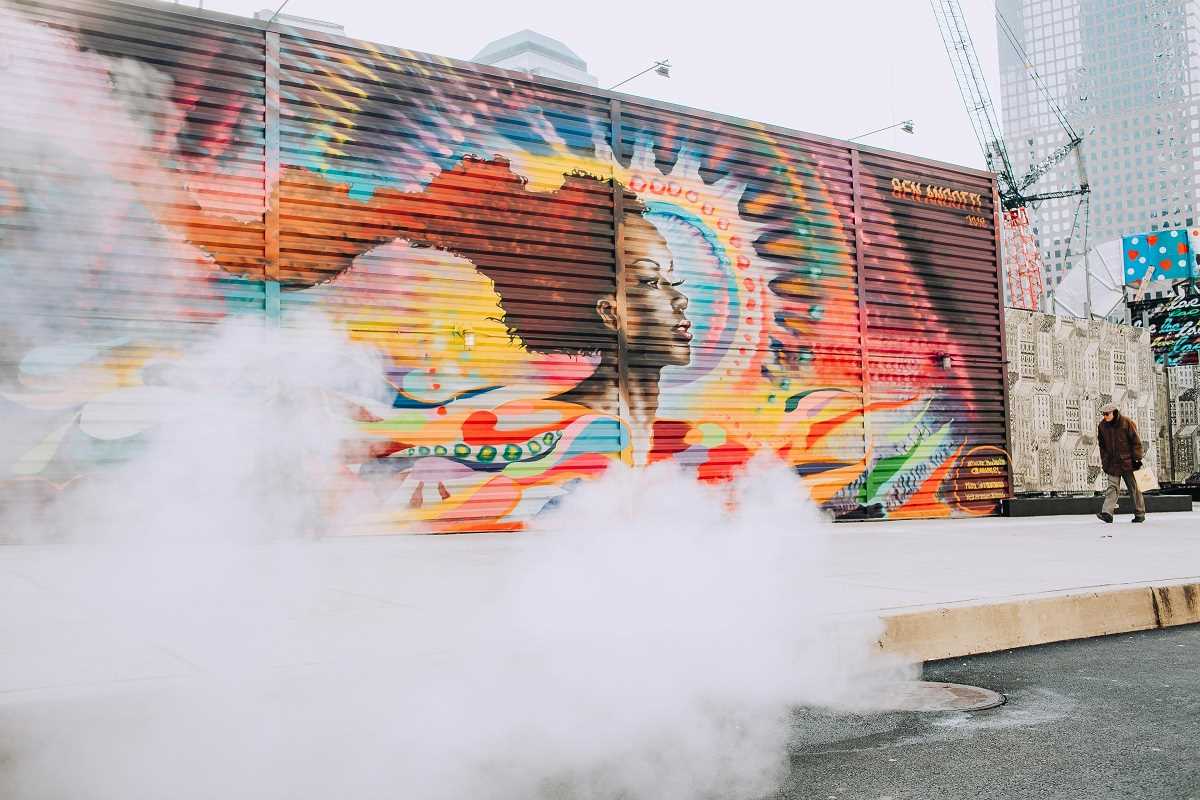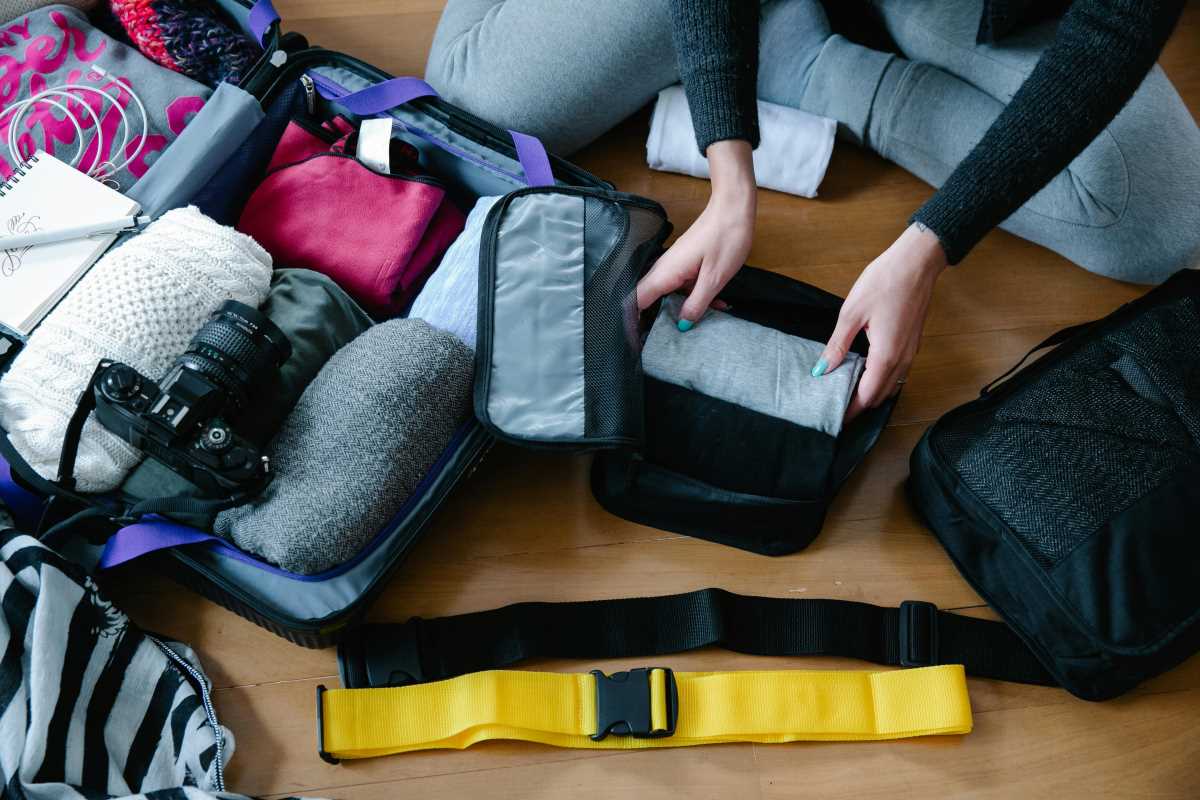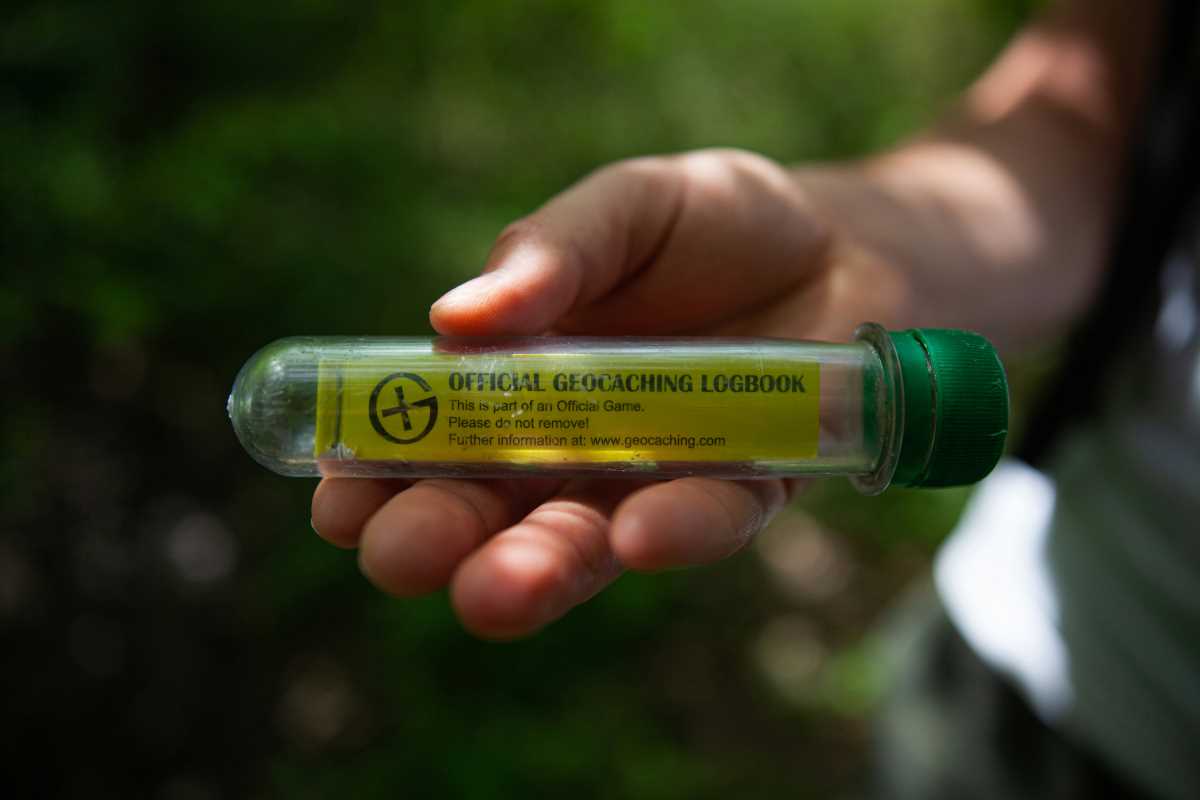Exploring different festivals can open up a world of creative inspiration. Each event brings something unique, whether it’s mesmerizing dancers, detailed costumes, or spectacular floats that capture the imagination. By learning about celebrations across the globe, as well as local parades and cultural fairs, you can discover opportunities that truly excite your artistic side. Seek out festivals that offer a rich variety of sights and sounds—these experiences can stretch your abilities and spark new ideas for your work. Attending or studying these lively gatherings ensures you stay inspired and constantly challenged as you grow your craft.
Next, gather sketching tools that suit outdoor conditions and your style. Lightweight supplies keep you agile, while versatile options let you switch techniques quickly. Practice with your tools before the trip so you arrive confident in your setup.
- Sketchbooks: Pick a spiral-bound pad with medium-weight paper for mixed media.
- Pencils: Carry a 2H for light outlines and a 4B for bold shading.
- Inks and pens: Use waterproof fineliners for crisp linework and brush pens for dynamic strokes.
- Watercolors: Bring a compact palette with primary colors plus a neutral tone.
- Portable board: Clip your sketchbook to a firm surface for stability in crowds.
Planning Your Sketching Setup on Location
Arriving prepared reduces stress when you face unpredictable conditions. Outline your day around key performances or ceremonies. Note start times and prime vantage points. Arriving early helps you secure a position that balances visibility and comfort.
Keep your gear organized in a comfortable bag. You’ll move quickly between scenes, so pack everything for easy access. A well-structured setup lets you focus on capturing moments, not rummaging for supplies.
- Scout the venue map online or during a quiet pre-event walkthrough.
- Assign each section of your bag to a category: paper, drawing tools, paints, and extras.
- Test your seating arrangement—use a collapsible stool or stand near railings.
- Check the weather forecast and pack a lightweight raincoat or sun hat.
- Keep snacks and water handy to stay focused during long sessions.
Techniques for Capturing Unique Festival Moments
Moving subjects and shifting light challenge you to develop quick sketching skills. Start with gesture drawings—short poses that capture motion in seconds. Use loose lines to record posture, flow of fabric, or instrument angles. These sketches lay down the framework for more detailed studies later.
Focus on contrasts and focal points. When a dancer pauses mid-leap or a musician raises a drumstick, highlight that instant with thicker lines or a splash of color. Use light washes to suggest atmosphere—soft strokes for misty fireworks, bold dips for lantern glows. This approach makes each sketch feel alive.
Texture and pattern play big roles. Festivals often feature ornate costumes and decorative elements. Zoom in on a single motif—beaded headdresses or painted masks—and render it at a larger scale. You’ll find fine details you might otherwise miss, and add visual interest that anchors your scene.
Adding Creative Flair to Your Travel Sketches
Once you’ve captured on-site sketches, return to your workspace with fresh eyes. Here, you combine raw drawings with your personal style. Play with composition—overlay sketches, inset close-ups, or create panoramas that span multiple scenes. This editing phase brings cohesion to your festival story.
Include text notes to recall sounds, scents, or conversations. Jot a vendor’s shout or the scent of spices in margins. These sensory details add depth to your finished pages. When you revisit these sketches, you’ll relive more than just visuals.
Refining Sketches into Polished Travel Art
Select your best sketches and finish them using high-quality paper or scan them digitally. If you work traditionally, consider light washes of watercolor or ink highlights to emphasize key details. Focus on balancing negative space and color accents that guide the viewer’s eye.
Digitally, import scans into a drawing app and refine linework with a tablet. Adjust brightness and contrast to highlight focal areas. Combine multiple sketches into a layout that flows like a storybook page. This method helps you preserve the spontaneity of field sketches while creating a polished final piece.
Your sketchbook becomes a lively journal, blending art and memories. Next, share your work in a blog, printed zine, or social media post that encourages interaction. Invite friends to comment on their favorite scenes or suggest new festivals to visit.
Each sketch enhances your skills and inspires new ideas. View every experience as an opportunity to learn, try techniques, and enrich your travels through art.
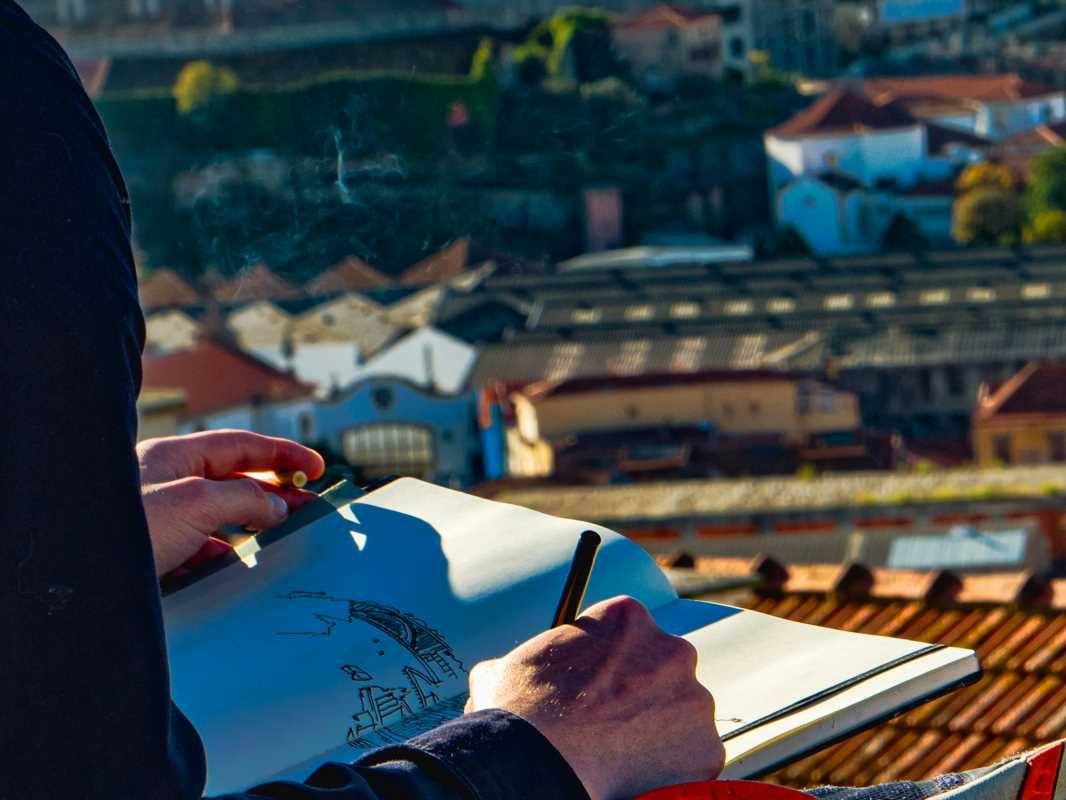 (Image via
(Image via
